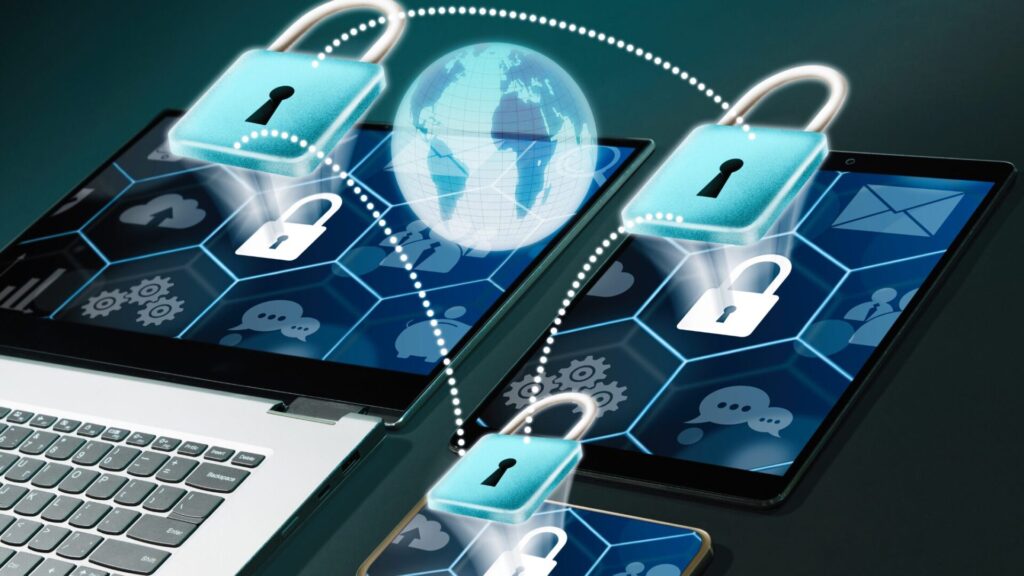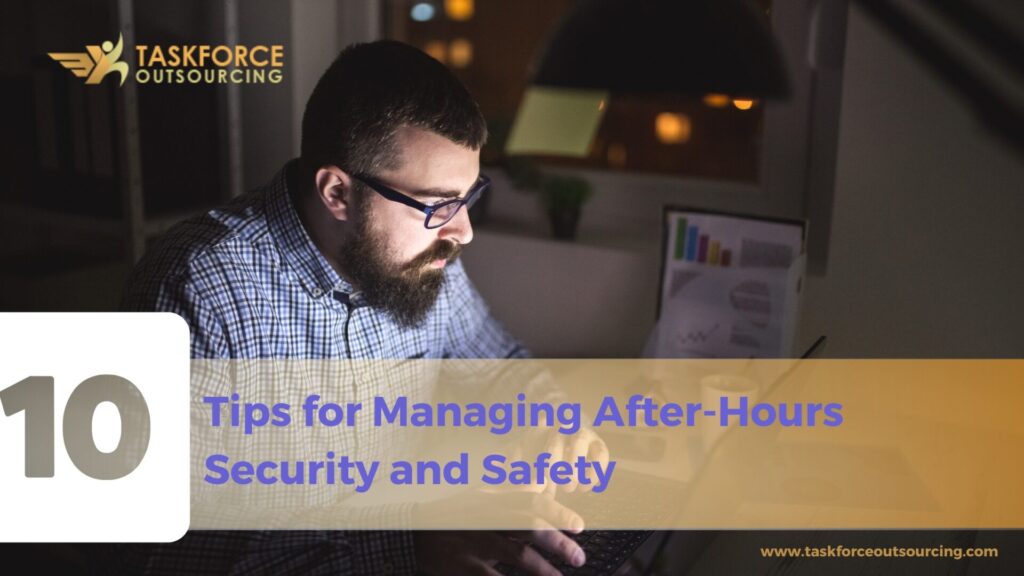Effective after-hours security management goes beyond locking doors and setting alarms; it requires a proactive approach that integrates both physical and cybersecurity measures. In this blog post, we will explore practical tips and best practices for maintaining robust security and safety after hours, ensuring that your business is protected from all angles, day and night.
Contents
- 0.1 1. Implement Robust Security Systems
- 0.2 2. Use Adequate Lighting
- 0.3 3. Conduct Regular Patrols
- 0.4 4. Employee Training
- 0.5 5. Establish Clear Protocols
- 0.6 6. Use Technology Wisely
- 0.7 7. Monitor Cybersecurity
- 0.8 8. Partner with Security Experts
- 0.9 9. Conduct Regular Audits
- 0.10 10. Encourage a Security-Conscious Culture
- 1 Conclusion
1. Implement Robust Security Systems
Invest in a comprehensive security system that includes alarms, surveillance cameras, motion detectors, and access control systems. Modern security systems can be monitored remotely, providing real-time alerts and allowing you to respond quickly to any issues.
2. Use Adequate Lighting
Proper lighting is a significant deterrent to criminal activity. Install sufficient exterior and interior lighting to eliminate dark areas where intruders might hide. Motion-sensor lights can be particularly effective in deterring unauthorised access.
3. Conduct Regular Patrols
Schedule regular patrols of your premises after hours. These can be done by security personnel or through automated systems like drones or robotic patrol units. Regular patrols can help detect and address security breaches quickly.
Inspect Entry Points
Ensure all doors, windows, and other entry points are secure and equipped with robust locks.
Review Access Logs
Regularly review access control logs to detect any unusual activity.
Check Surveillance Systems
Verify that all cameras and alarm systems are functioning correctly, and that footage is being recorded and stored as intended.
4. Employee Training
Train your employees on security protocols and procedures. They should know how to respond to security alarms, handle suspicious activity, and use security equipment. Regular training sessions can ensure that everyone is prepared for potential security incidents.
5. Establish Clear Protocols
Develop and implement clear security protocols for after-hours operations. This includes procedures for locking up, setting alarms, reporting incidents, and emergency contacts. Ensure that all employees are familiar with these protocols.
6. Use Technology Wisely
Leverage technology to enhance your after-hours security. This can include smart locks, biometric access control, remote monitoring systems, and mobile security apps. Integrating technology can streamline security management and improve response times.

7. Monitor Cybersecurity
Physical security is not the only concern; cybersecurity is equally important. Ensure that your network is secure, sensitive data is protected, and access to critical systems is restricted. Use firewalls, antivirus software, and regular system updates to mitigate cyber threats.
8. Partner with Security Experts
Consider partnering with professional security companies that can provide expert advice, additional manpower, and advanced security solutions. These experts can help you identify vulnerabilities and implement effective security measures.
9. Conduct Regular Audits
Perform regular security audits to assess the effectiveness of your security measures. These audits can help you identify weaknesses and areas for improvement. Regular reviews ensure that your security protocols remain up-to-date and effective.
10. Encourage a Security-Conscious Culture
Promote a culture of security within your organisation. Encourage employees to be vigilant, report suspicious activity, and follow security protocols diligently. A security-conscious culture can significantly enhance overall safety and security.
Conclusion
Managing after-hours security and safety requires a proactive approach and a combination of technological solutions, employee training, and clear protocols. By implementing these tips, you can ensure that your business remains secure and protected, even outside of regular operating hours.
Frequently Asked Questions (FAQs)
A: The most important aspect is having a comprehensive security system that includes alarms, surveillance cameras, and access control. This system should be regularly maintained and monitored to ensure optimal functionality.
A: Proper lighting eliminates dark areas where intruders might hide, acting as a deterrent to criminal activity. Motion-sensor lights are particularly effective as they draw attention to any movement around the premises.
A: Employee training should cover how to set and respond to alarms, handle suspicious activity, use security equipment, and follow emergency procedures. Regular training sessions are essential to keep everyone prepared.
A: The frequency of security patrols can vary depending on the size and nature of your business. However, regular patrols (e.g., hourly or bi-hourly) can help detect and address any security breaches quickly.
A: Smart locks, biometric access control, remote monitoring systems, mobile security apps, and automated patrol units like drones or robots can significantly enhance after-hours security by providing real-time monitoring and quick response capabilities.

